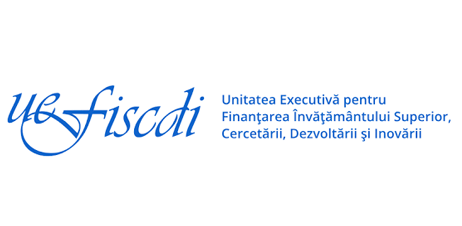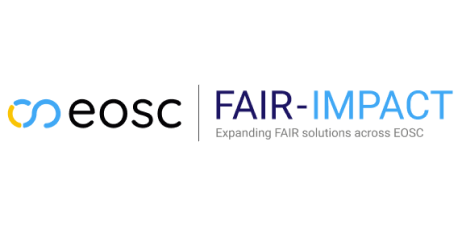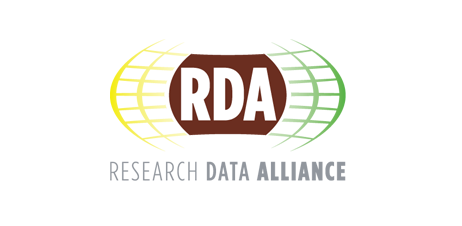Mission & Scope
Mission statement
The INFRA-ART Spectral Library is a FAIR data service designed as a digital support tool for heritage research specialists working with spectroscopic techniques. Our mission is to support researchers, conservators, and heritage professionals by providing open access to high-quality spectral data on materials commonly found in works of art, archaeological artifacts, and other heritage or cultural goods.
Scope of the service
The INFRA-ART Spectral Library serves as a comprehensive, dynamic database tailored for specialists working with (portable) non- or minimally invasive spectroscopic techniques such as X-ray fluorescence (XRF), Fourier transform infrared (FTIR) spectroscopy, or Raman spectroscopy, among others. With over 2,000 curated spectra, the database allows users to analyze and compare the spectral signatures of a wide range of reference materials, facilitating the identification of 'unknown' samples.
The INFRA-ART Spectral Library has been designed, implemented, and optimized over several years, and it currently integrates ATR-FTIR, XRF, Raman and SWIR reflectance spectra on over 1000 different materials typically found in works of art. This integrated approach offers a comprehensive understanding of the sample composition and structure, providing end-users with access to a more complex dataset that can facilitate a more accurate identification and characterization of unknown materials.
Key features
- » Complementary spectral data: By incorporating various types of data, the INFRA-ART database provides multiple levels of characterization for each sample (elemental, molecular, structural), allowing users to cross-validate their findings and reduce potential ambiguities.
- » Curated spectra: The database is assembled, curated, and maintained by application experts to ensure the highest standards of data quality. The curation process involves rigorous quality control to verify the integrity and reliability of the data, with each spectrum carefully reviewed and validated before inclusion.
- » Ongoing compilation of spectra: New reference samples are being integrated within the database on an ongoing basis as new reference materials become available.
- » Wide selection of materials: INFRA-ART covers a wide selection of materials, including materials not represented in other databases, such as an impressive number of earth pigments from different geological sources, special effect pigments (such as metal effect pigments, pearlescent pigments or daylight fluorescent pigments), or traditional Japanese painting materials such as iwa-enogu.
- » Rich metadata: Each reference material in the database is accompanied by a series of detailed metadata descriptors, including sample source, origin, description, alternative names, chemical composition, and history of use. Additionally, metadata on the spectroscopic techniques employed and data acquisition conditions are provided, offering comprehensive context for accurate analysis and comparison.
- » Search engine: To enhance functionality and accessibility, the INFRA-ART database features an advanced search engine that allows users to easily search by keywords, material class, or data type.
- » Spectra viewer: An interactive spectra viewer tool is integrated into each sample webpage, allowing users to interact with the loaded spectrum. Users can zoom, pan, select points, label peaks, and save spectra images, providing a dynamic and hands-on approach to data analysis.
- » Flexible architecture: The implementation of a bottom-up flexible architecture enables seamless expansion of the database to incorporate additional types of analyses and data formats. This scalable design ensures the system can evolve over time, adapting to new research needs and emerging technologies, while maintaining compatibility with various analytical tools and platforms.
- » Open & FAIR Compliance: The database is implemented according to the FAIR Guiding Principles, ensuring accessibility, transparency, and sustainability. This resource supports cross-disciplinary research and enables reliable data reuse for research, innovation, and educational purposes.
Data metrics
1051 Reference materials.
2189 Spectral data.
Last update: Aug. 5, 2025
Indexing / Data service catalogues
Contributors
INFRA-ART Project Coordinator:
Ioana Maria Cortea 
Database design:
Ioana Maria Cortea 
Database development and implementation:
Alecsandru Chiroșca 
Laurențiu-Marian Angheluță 
Ioana Maria Cortea 
Data curation:
Ioana Maria Cortea 
Luminița Ghervase 
Lucian Ratoiu 
Data FAIRification:
Ioana Maria Cortea 
Related publications
• I.M. Cortea (2024) Towards FAIR data management in heritage science research: updates and progress on the INFRA-ART Spectral Library, in Heritage, 7(5), 2569-2585; https://doi.org/10.3390/heritage7050123
• I.M. Cortea et al. (2023). INFRA-ART spectral library: a new open access infrastructure for heritage science. In Lasers in the Conservation of Artworks XIII. Proceedings of the International Conference on Lasers in the Conservation of Artworks XIII (LACONA XIII), 12-16 September 2022, Florence, Italy. S. Siano, D. Ciofini, Eds.; CRC Press, pp. 37-47. https://doi.org/10.1201/9781003386872-5
• I.M. Cortea et al. (2023). INFRA-ART: An open access spectral library of art-related materials as a digital support tool for cultural heritage science, in ACM Journal on Computing and Cultural Heritage 16(2), 40. https://doi.org/10.1145/3593427
Funding
The INFRA-ART Spectral Library has been developed and enhanced through support from several national and international grants. These include funding from UEFISCDI (INFRA-ART and OPEN-SciART projects), and the European Union via the FAIR-IMPACT and the RDA TIGER cascading grants.
Awarded grants:
- • UEFICSDI Grant No. PN-III-P1-1.1-PD-2019-1099
- • UEFISCDI Grant No. PN-IV-P2-2.1-TE-2023-2019
- • FAIR-IMPACT Grant No. 3rd-#2-315
- • FAIR-IMPACT Grant No. 3rd-#3-350
- • RDA TIGER Grant No. 2025-RDA-CG-03



